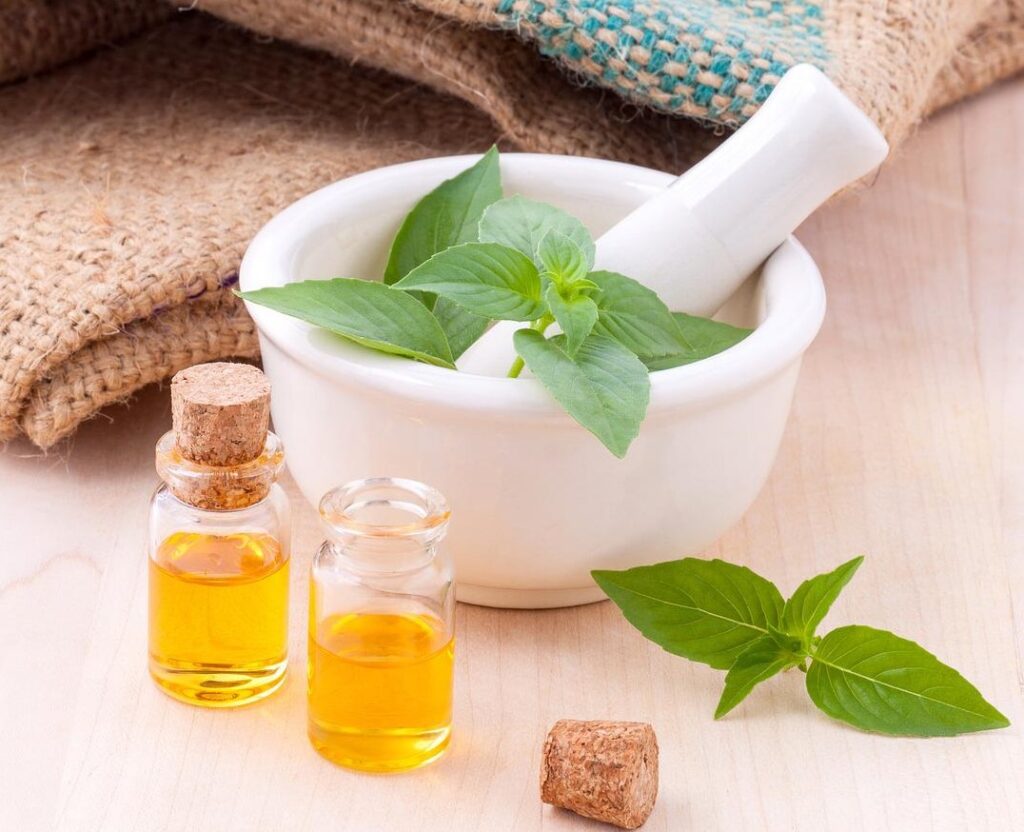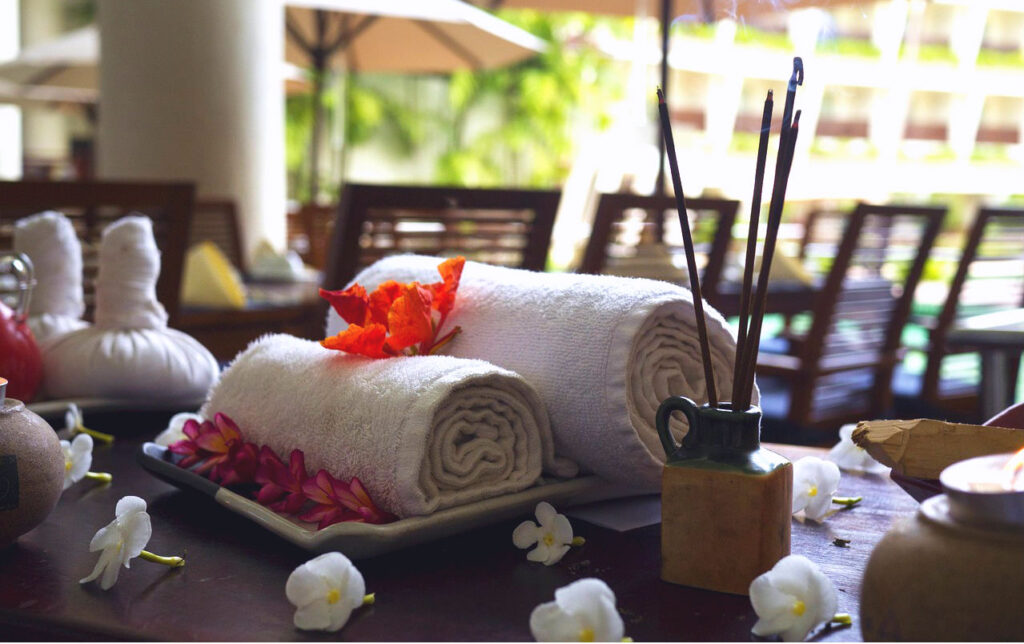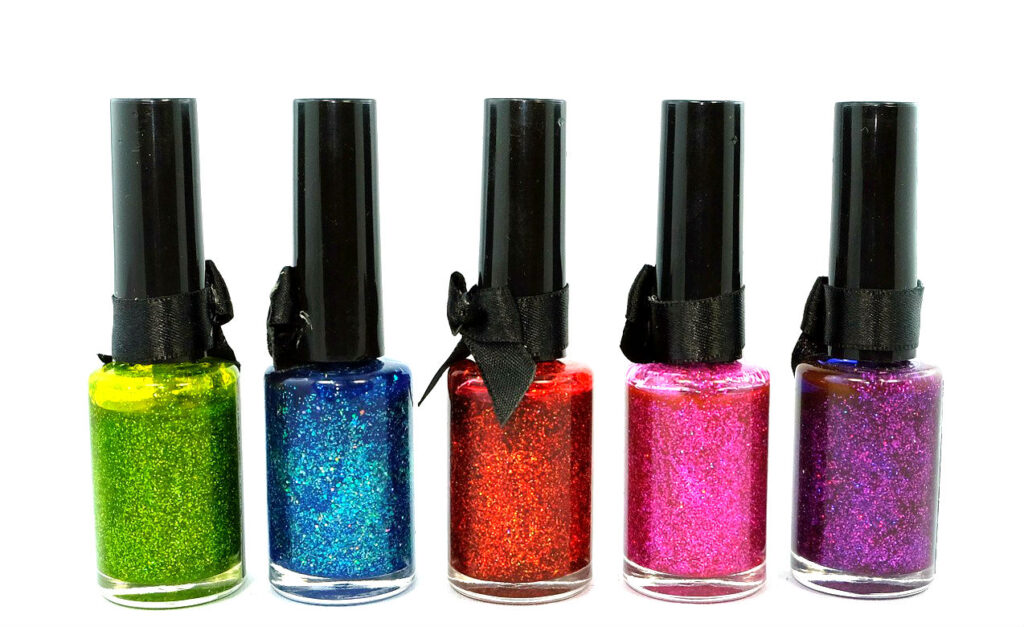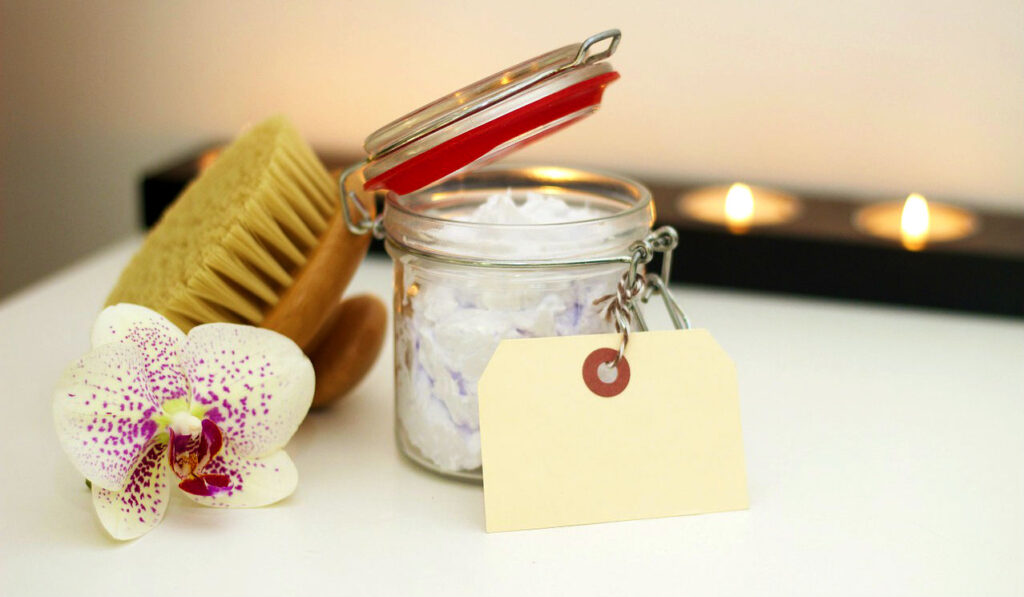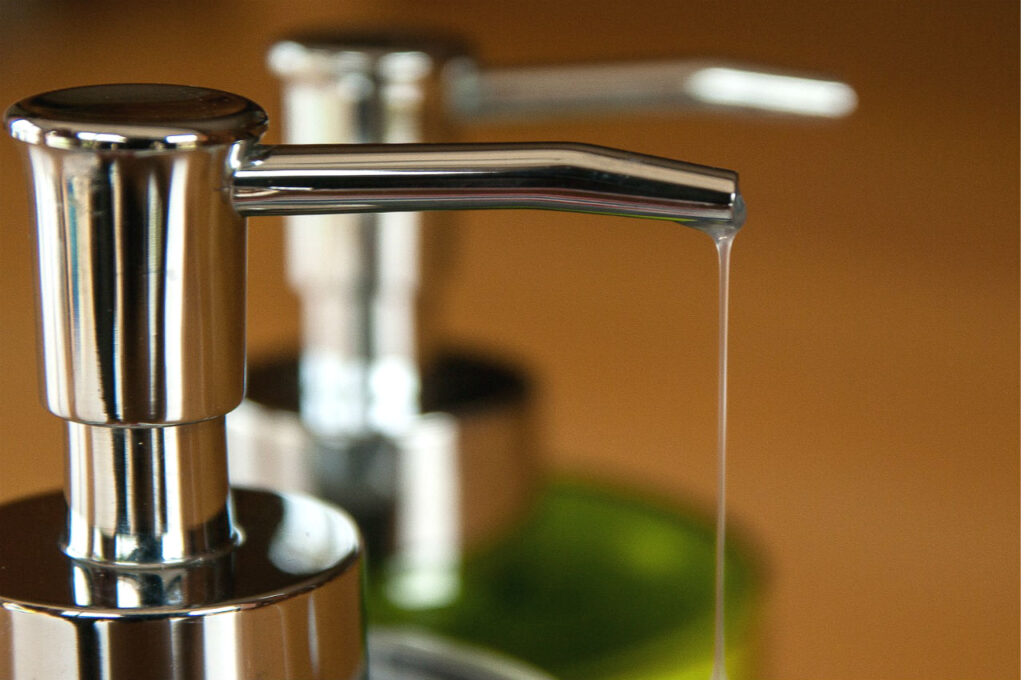Why Natural Skincare is Better: 5 Fantastic Reasons to Switch
Why Natural Skincare is Better: 5 Fantastic Reasons to Switch Natural skincare is effective because it works with your skin, not against it. You do not need pricey creams, “miracle” serums, or luxury-brand treatments to get healthy, glowing skin. Cost […]
Why Natural Skincare is Better: 5 Fantastic Reasons to Switch Read More »
